Let me take a look at the map first. Every time I see this picture, I will think of a topic about the importance of the child seat. (network map) I don't know how many of you are your own children. Have you chosen to install a safety seat? How to install correctly? How can I be safer? 1. The safety seat is installed too loosely Hidden danger: This is the most common mistake in seat use. Sitting in a loose safety seat, the emergency seat is not fixed, and the baby's head may hit the front seat. Check: Hold the bottom of the seat with both hands (the position where the seat belt passes), shake it back and forth, left and right, and move the range to no more than 2.5 cm. Correction: When you get into the safety seat, press it back with the whole body force, and at the same time forcefully tighten the seat belt at the fixed point, be sure to lock it (this is often ignored). For families using a safe cradle, tighten the cradle with your arm and tighten and secure the seat belt. 2. The seat belt is too loose Hidden danger: In order to make the baby comfortable, parents often can't bear to pull the seat belt too tight. However, loose seat belts do not provide protection. In the event of an emergency stop, the child cannot be restrained in the safety seat and is likely to slip out of the slack seat belt. Check: Pinch the seat belt with your fingers and pinch it up to make it too loose. Correction: Tighten the seat belt until you can pinch any part (put your finger under the seat belt and insert only one finger to reach the standard). 3. Let the baby sit ahead of time Hidden danger: The baby's bones are very delicate. In the event of an emergency stop, the baby's head will be explored by inertia. At this time, the child's neck and spine are not protected and are easily injured. Check: It is recommended to use a reverse-mounted safety seat before the baby is 2 years old (or before the height reaches the seat upper limit). The advice given by the pediatrician is that a baby who is over 1 year old and who has a weight of 9 kg or more at the same time (note: age and weight must be met at the same time, indispensable) can sit forward. Correction: Choose the right sitting position according to your baby's age, weight and height. 4. The angle of reverse installation is not suitable Hidden danger: The baby's airway is very narrow, just the thickness of a straw. When the angle of the seat is reversed and the angle is too vertical, the baby's heavier head will look forward, and there is a danger of suffocating the airway and suffocating. Inspection: Many safety seats have their own level, and will remind you when the installation angle is not suitable. If your home does not have this configuration, try this little trick: Fold a square piece of paper in half to get an isosceles right triangle. Place the triangle vertically on the back of the chair so that the bevel is parallel to the seat back and check that the top right edge is parallel to the ground. If parallel, the seat angle is just 45 degrees. If there is a significant tilt, you need to adjust the angle. Correction: The most suitable reverse mounting angle for the seat is 45 degrees (especially suitable for newborns) and the minimum angle is not less than 30 degrees. 5. Non-standard use of seat belt holder Hidden danger: The fixing device is in the wrong position, and the seat belt will slip off the child's shoulder and cannot protect it. Check: The holder should not be as high as the baby's neck, nor should it be as low as the baby's abdomen. The correct position is flush with the baby's armpit, just at the sternum. Fix: Check the position of the holder every time you help your child wear a seat belt. The baby's seat can't be ignored~ Mom and Dad must pay attention! Acrylic Pepper Mill,Acrylic Pepper Grinder,Acrylic Salt And Pepper Grinder,Acrylic Grinder And Salt Mill Yongkang Lianyang Industry & Trade Co., Ltd , https://www.yklianyang.com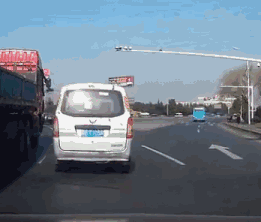

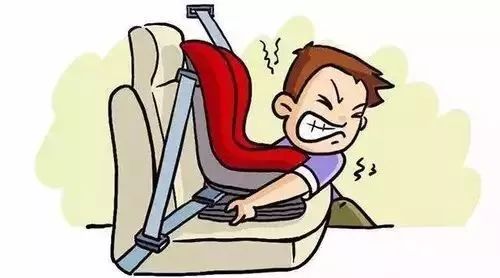
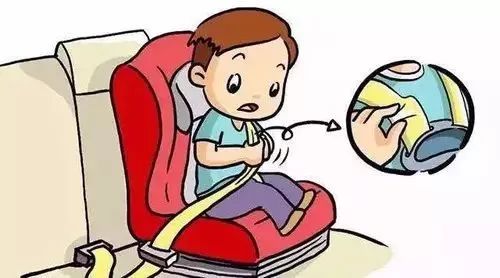
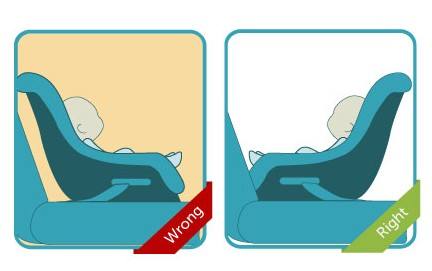
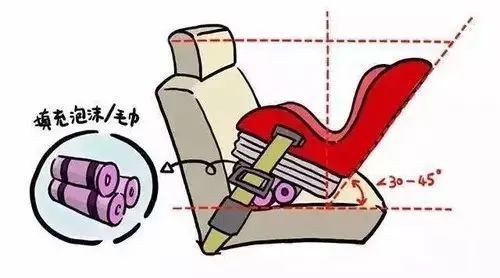
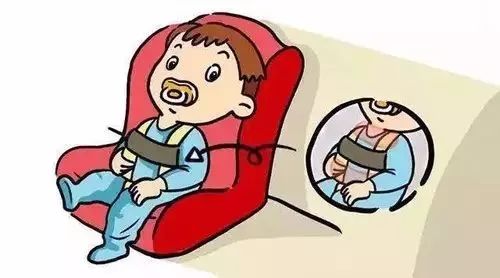
Is it safe to put a safety seat on your baby? Don't ignore these details...